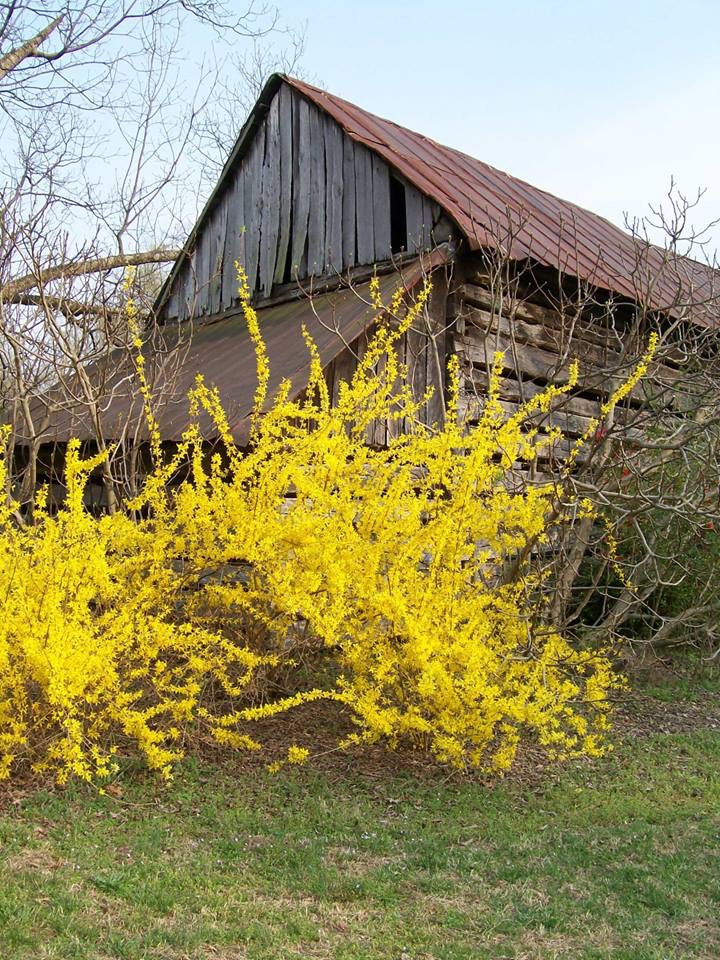What Can Be Pruned Now?
go.ncsu.edu/readext?858881
en Español / em Português
El inglés es el idioma de control de esta página. En la medida en que haya algún conflicto entre la traducción al inglés y la traducción, el inglés prevalece.
Al hacer clic en el enlace de traducción se activa un servicio de traducción gratuito para convertir la página al español. Al igual que con cualquier traducción por Internet, la conversión no es sensible al contexto y puede que no traduzca el texto en su significado original. NC State Extension no garantiza la exactitud del texto traducido. Por favor, tenga en cuenta que algunas aplicaciones y/o servicios pueden no funcionar como se espera cuando se traducen.
Português
Inglês é o idioma de controle desta página. Na medida que haja algum conflito entre o texto original em Inglês e a tradução, o Inglês prevalece.
Ao clicar no link de tradução, um serviço gratuito de tradução será ativado para converter a página para o Português. Como em qualquer tradução pela internet, a conversão não é sensivel ao contexto e pode não ocorrer a tradução para o significado orginal. O serviço de Extensão da Carolina do Norte (NC State Extension) não garante a exatidão do texto traduzido. Por favor, observe que algumas funções ou serviços podem não funcionar como esperado após a tradução.
English
English is the controlling language of this page. To the extent there is any conflict between the English text and the translation, English controls.
Clicking on the translation link activates a free translation service to convert the page to Spanish. As with any Internet translation, the conversion is not context-sensitive and may not translate the text to its original meaning. NC State Extension does not guarantee the accuracy of the translated text. Please note that some applications and/or services may not function as expected when translated.
Collapse ▲This article was written by Gail Griffin, Extension Master Gardener Volunteer in Lee County.
Now that we have officially welcomed springtime back into our part of the world, are you just itching to get outside with your new pair of pruners and lop the tops off of something, anything? Well, hold what you’ve got. This may need some forethought. The time for most heavy pruning has passed, but there may still be an opportunity to use those new beauties now and in the months ahead.
So, why do we prune? Selective removal of plant parts helps to manage growth. Pruning contributes to plant health by improving structural strength enabling them to withstand the elements like wind, snow and ice. Removing dead, diseased or damaged limbs or branches will help prevent any further damage and can be done at any time. Weak or crossing branches should also be eliminated. Controlling plant growth is usually the most common reason to prune. This is often the result of choosing the wrong plant for the allotted space. Attention should be made to the mature height and width of plants selected for the area. If significant pruning is done every year or two to control size, it is best to replace the plant with one more appropriate for the site. Over time, some plants, particularly older shrubs, lose energy and vigor. A rejuvenating cut of older branches to near the ground may encourage new growth and revitalization. Pruning also affects the fruiting and flowering of plants. For ornamentals, pruning at the wrong time may reduce or remove next year’s blooms. Timing is key.
of choosing the wrong plant for the allotted space. Attention should be made to the mature height and width of plants selected for the area. If significant pruning is done every year or two to control size, it is best to replace the plant with one more appropriate for the site. Over time, some plants, particularly older shrubs, lose energy and vigor. A rejuvenating cut of older branches to near the ground may encourage new growth and revitalization. Pruning also affects the fruiting and flowering of plants. For ornamentals, pruning at the wrong time may reduce or remove next year’s blooms. Timing is key.
Before you prune, it is essential to know if the plant blooms on new wood or old wood. Summer flowering plants such as butterfly bush, crape myrtle and roses develop flower buds on new wood and should be pruned in early spring before new growth begins, usually in February. Most spring flowering plants form buds on old wood carried over from last year’s growth and should be pruned just after blooming. This includes plants like forsythia, spirea, flowering quince, loropetalum and azaleas. Rhododendron should also be pruned after flowering. Pruning these plants before bloom will remove the flower buds for this year’s season. Don’t wait too long after they bloom to prune or they won’t have time to create flower buds for next year. Wait until May to trim back hedges like privet, holly and boxwood, and June for narrowleaf evergreens like arborvitae. Light corrective cuts for most plants can be done at any time without harming the plant. For a more complete list of plants that can be pruned now, go to polk.ces.ncsu.edu/pruning calendar/. Further information on pruning can be found at content.ces.ncsu.edu/before-the-cut.
Pruning stimulates new growth but does cause injury to the plant so should be kept at a minimum to achieve the desired effect. Done at the right time, it can enhance the health and appearance of your plants and the landscape and give you a reason to enjoy the outdoors on a beautiful spring day. May your pruners stay sharp, and don’t forget the sunscreen.
Gail Griffin is an Extension Master Gardener Volunteer with North Carolina Cooperative Extension in Lee County.




